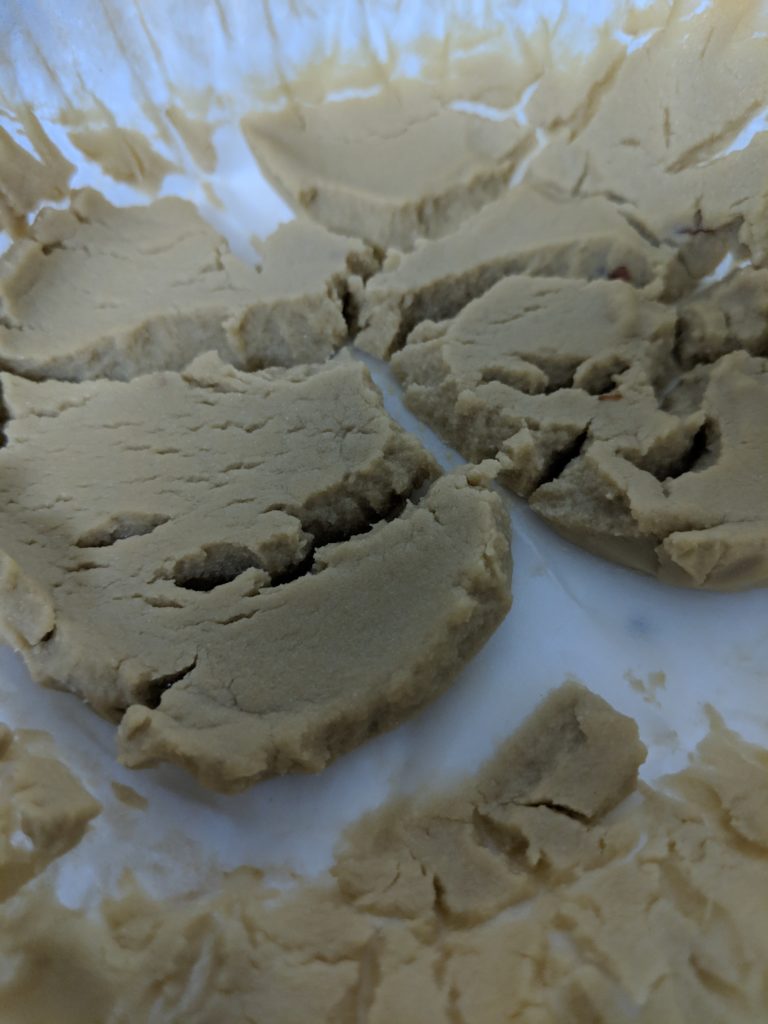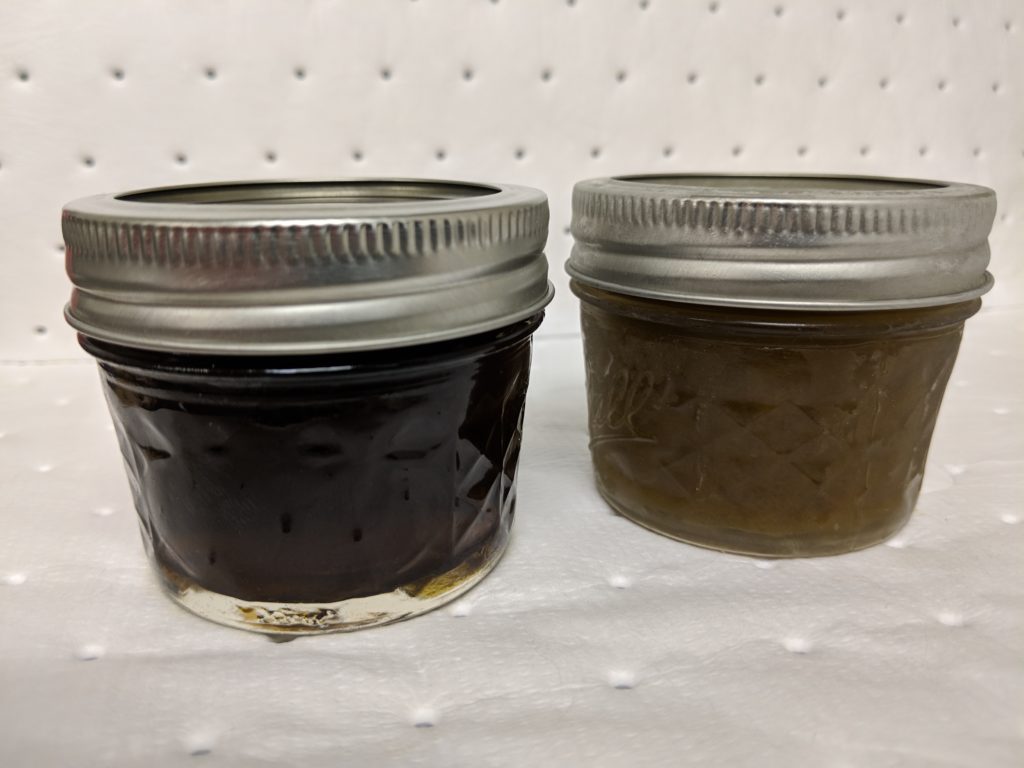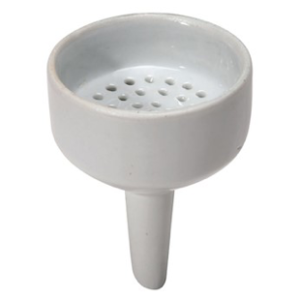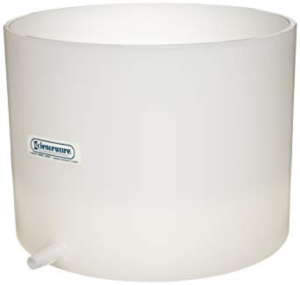Why Winterize?
Proper winterization is an important step in creating a high purity extract.
Winterization is the removal of lipids from crude extract. Lipids are fatty acids that are also extracted from the plant. It is typically the next step after extraction.
Why winterize to remove lipids?
- Fats dilute the cannabinoid fraction, lowering the purity
- Fats can cause distillate to be less transparent hurting its value.
- In vape pens, they can burn on the coil and cause the pen to taste burnt.
The amount of fats picked up in the oil during extraction vary according to the extraction method used.

How Extraction Impacts Winterization
Cold ethanol is the best extraction method for minimizing fats in extract. The colder the ethanol, the less fat will be pulled from the plant.
BHO extraction picks up a moderate amount of fats. Think of the cloudiness that can be seen in shatter or a similar product.
CO2 extraction is known for pulling the most fats out of the plant.
Even between those three methods, variation of the extraction parameters has a strong influence the amount of plant fats picked up.

General Winterization Techniques
Typical winterization:
- Using 10 Liters of ethanol for every Liter of crude extract
- 190 proof ethanol is actually preferred to pure ethanol. While also being cheaper, 95% ethanol has 5% water making it ever so slightly more polar. This is beneficial for winterization because the cannabinoids remain soluble even at cold temperatures whereas the waxes are insoluble and crash out of solution.
- Get as close to the freezing point of pure ethanol (-76 C) as possible. People use chillers, walk in freezers, chest freezers, dry ice, etc.
- 24 hours or more is a normal time to wait for waxes to precipitate out. Shorter times can be used, but it is not as thorough.
- To see if any waxes remain in the filtered solution, you should place a small sample (several mL) back in the freezer for a day or so. If the solution appears cloudy when you check back up on it, further winterization may be needed.
Typical Filtration:
- Vacuum/pressure assisted filtration
- Highest surface area filter possible
- If possible, scrape accumulated waxes off the filter (without disturbing it!) because they will lower the flow.
- Use several different filters. For example, start at a higher micron filter, use a medium filter, and then finally task your smallest micron filter with only the finest particles of wax and the least amount of waxes.
- Metal filters can be expensive compared to paper filters, but they are reusable and they can’t rip.

Don’t!

Do!
If you are using filter papers:
- That there are NO gaps between the edge of the paper and the filter
- Cover all holes completely
- Consider using either a gasket and clamp to hold the filter in place or use a filter bed. Both of these things will prevent the filter from shifting, prevent solution from going around the edge, and allow you to scrape waxes off the filter to improve time efficiency.
The fats removed by winterization will add up to several percent of crude extract.
Ethanol used for extraction and winterization is an excellent candidate to be recycled for reuse with a B/R distillation system.
Permalink
Hello!
I am just curious if the waxes and lipids filtered out could be used for something else, such as a salve or lotion?
Thank you
Permalink
Hi,
I have heard that before. I don’t know how the process works though. You may want to rinse the filtered fats and waxes first. Maybe I’m wrong and the other compounds present could be beneficial.
Permalink
Very good! I love eatting crude and it’s been very helpful with pain and sleep
Permalink
Could ypu make candles out of the waxes? Lol
Permalink
If you get creative enough!
Permalink
What micron size for ea filtration
Permalink
Hello,
I would recommend starting at ~20 micron to remove the bulkier waxes and then moving down to as low as possible. Maybe 20, 10, 5 micron for example. If you choose to go to the smallest micron immediately, your flow rates will suffer greatly as the larger waxes will clog the pores of the filter very quickly.
Luke